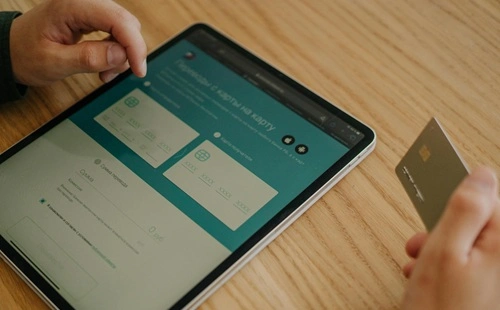Starting your e-commerce business is exciting, but there’s one area where many new sellers make avoidable mistakes: understanding payment gateway charges. When you first sign up with a payment gateway, the fees might seem minimal, a 2% cut here, a fixed ₹5 there. However, as you scale, you’ll find that understanding these charges can empower you to optimise your profit margins, enhance customer experience and ensure smoother growth.
The truth is, not all payment gateway charges are upfront or obvious. There are transaction fees, of course, but also currency conversion fees, platform usage costs, settlement timelines and chargeback penalties. If you’re not careful, these hidden costs can quietly eat into your earnings. Let’s break down what you need to know before integrating a payment gateway into your e-commerce store.
Understanding the most common payment gateway charges

Before you choose a provider, you need clarity on what fees are standard and which ones might be unexpectedly high once your volume grows.
1. Transaction fees
This is the most obvious and widely advertised cost. Most providers charge a percentage of each transaction (e.g., 1.85%–3.5%). Make sure to check if this rate varies by payment method: UPI, credit cards, wallets, etc.
2. Setup and onboarding fees
Some providers charge a one-time setup fee to create your merchant account. It’s not always listed upfront, especially on aggregator platforms. For new sellers, it’s essential to factor in whether this cost aligns with your initial budget.
3. Monthly platform or maintenance charges
While many payment gateways in India offer zero monthly charges to small sellers, others may charge a flat monthly fee for using advanced features or dashboards. Always ask: Will I be billed even if I don’t hit a minimum monthly transaction volume?
4. Refund and chargeback fees
Issuing a refund may not always be free. Some gateways deduct a small processing fee even if the transaction is cancelled or refunded. Chargebacks (when a customer disputes a transaction) come with their own penalties.
5. International transactions and currency conversion charges
If you sell cross-border or accept international cards, payment gateway charges increase. Even if your product is priced in INR, the currency settlement may involve hidden costs.
Factors that go beyond just fees
Payment gateway selection is not just about comparing numbers. Here are other factors new e-commerce sellers should account for.
1. Settlement cycle
How long does the gateway take to transfer funds into your bank account? While some offer T+1 (next day), others take up to 3–4 working days. For small businesses, this delay can affect working capital and order fulfilment speed.
2. Tech integration costs
If the payment gateway needs custom plugins or developer resources to integrate with your store, that’s another hidden cost. Even small customisations can add up if you’re working with freelancers or agencies.
3. Feature limitations on basic plans
Sometimes, advanced features like real-time analytics, fraud prevention or subscription billing are only available on higher-tier plans. Before committing, check what your basic plan really includes and whether you’ll need to upgrade later.
4. Customer support availability
If you run into transaction failures or refund issues, is there live support available? Some low-cost gateways cut corners on merchant support. Poor service can lead to frustrated customers and slower resolutions – another indirect cost.
5. Scalability and future pricing
Your gateway might seem affordable now, but what happens when your order volume increases? Will your payment gateway charges reduce, stay the same or increase with traffic? Ask about pricing slabs, discounts at scale and custom pricing as your business grows.
Choose clarity over convenience
For new e-commerce sellers, payment gateway charges are not just about finding the lowest rate; it’s about understanding the full picture. A cheaper rate that comes with slow settlements, poor support or hidden fees will cost you more in the long run.
Before you commit, ask your shortlisted providers for a clear rate card, check if they offer sandbox demos and talk to other merchants using the same platform. Know your needs – if you plan to sell internationally or offer EMI options, your payment stack should support that from day one.
Platforms like Pine Labs Online stand out by offering transparent pricing, fast settlements and strong support from the get-go. With features like real-time analytics, secure UPI integration and easy plugins for major platforms, they make it easier for new sellers to grow confidently.